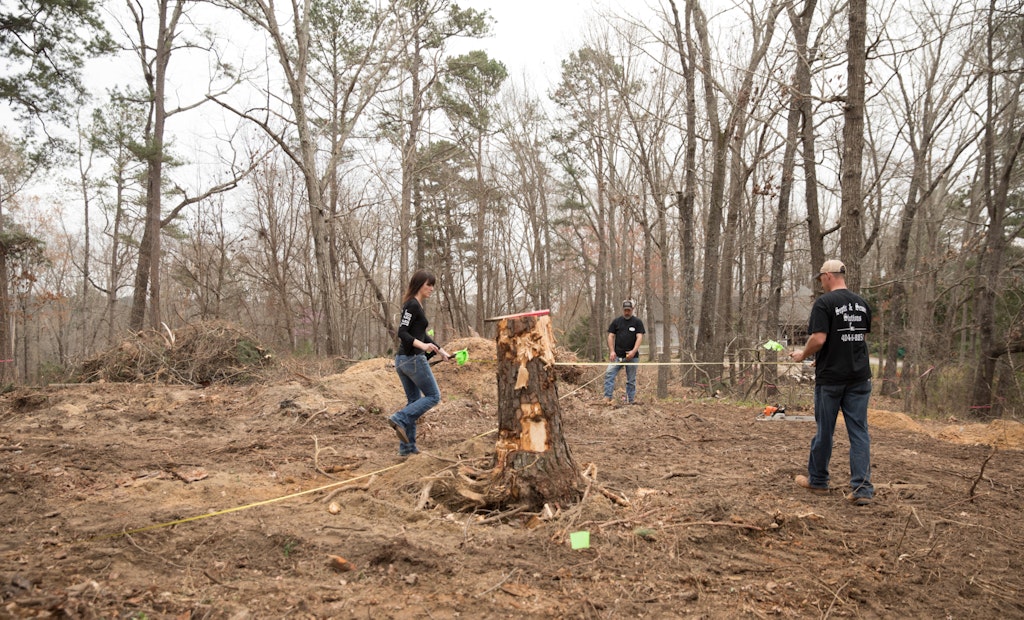As a site evaluator on an undeveloped lot, it is important to select an onsite septic system location that fits with the plans of the future homeowner. It is important to understand where the house will go and any other buildings or facilities on the lot, such as swimming pools and tennis courts. The first thing to do with the landowner is to establish property lines.
It is essential that you know exactly where the boundaries lie. This means going through that information with the owner, and if lot boundaries have not been permanently set, the property should be surveyed by a registered engineer or land surveyor. I have evaluated sites where the lot is part of a proposed subdivision, and until there is final approval, lot lines can be changed. Since those days, subdivision mapping is often done on a computer and the objective is to get as many lots as possible on a given property with the minimum lot size.
Using this approach often means there are lots mapped where the topography or landscape does not support the lot. In these cases, there is always negotiation between the developer and the permitting authority over total numbers of lots, required open space and easements. To avoid working on sites that will not be viable at final platting, the work should be done when the lot lines and corners are surveyed and recorded. The exception is if you are working only on a general basis where it is recognized sites suitable for systems may not be used. In this case, you are conducting a reconnaissance survey and not evaluating a site for a specific system.
Once the lot boundaries are established, the process of selecting locations for various site improvements can be done. Potential areas for the house and onsite system can be identified and located. Each improvement should be located on a to-scale lot map including topography. If a contour map is not included, it can be generated on site.
Both the owner and site evaluator can look at the plan on paper and discuss how the topography may impact installation of the improvements and the onsite system. Remember, it is much easier to move lines on paper than it is after some of the improvements have been installed. Setback distances can be determined and indicated, and through this process, the designer should identify potential locations for the sewage treatment system where field investigations can be conducted to determine suitability.
During this process, areas such as crests of hills or knolls, as well as slightly sloping sites, are good bets for system placement. Depressions, drainageways and swales indicated on the topographic map should be avoided because they collect and deliver water from the surrounding area.
Consider future landscaping plans to assure site access not only during lot development, but also access for servicing all components of the proposed treatment system. This includes septic tank placement and access, as well as the final treatment and dispersal area.
Identifying two or three potential sewage treatment sites provides flexibility if the primary site is unsuitable or the owner changes his or her mind about house location. Many local sanitary ordinances already require identifying two areas for the sewage treatment system. It provides not only flexibility, but also assurances that if something goes wrong with the first system there is another place on the lot available for use. This is usually written into the legal lot description so it is protected for the future. After this process is complete, a field evaluation including soil borings and analysis can be conducted.
About the author: Jim Anderson is connected with the University of Minnesota onsite wastewater treatment program and is an emeritus professor in the university’s Department of Soil, Water and Climate. Send him questions about septic system maintenance and operation by sending an email to kim.peterson@colepublishing.com.
This post is part of a series on topography and site mapping:
- Two-Peg Test: How to Determine the Accuracy of Your Leveling Instruments
- Surveying Basics: Reading a Contour Map
- Methods to Make a Contour Map
- Selecting a Site for an Onsite Treatment System






